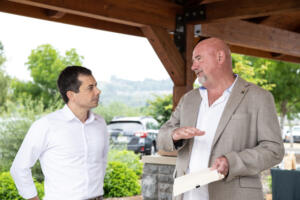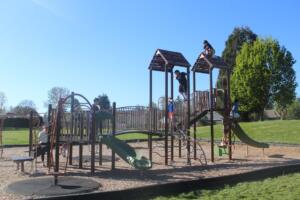A group of Camas residents are hoping to inspire changes to a proposed development that has the potential to bring nearly 200 homes to a currently forested area.
Recently, the citizens formed an “action group” and circulated an online petition focusing on their opposition to plans that call for the 49 acres to become a planned residential development.
The proposed Windust Meadows PRD would be located off of Northeast 38th Avenue, south of Camas High School.
Developer Primelan Properties of Tigard, Ore., proposes to build 199 homes in two phases. Lot sizes would range from 12,879 square feet to 2,100 square feet. The site will also include nearly 9 acres of wetlands and 2 acres of open space.
The property, located north of the 312-acre Lacamas Park, is currently undeveloped. The vegetation includes Douglas fir and Oregon white oak trees. According to city documents, 28 of the 35 white oaks must be retained.






